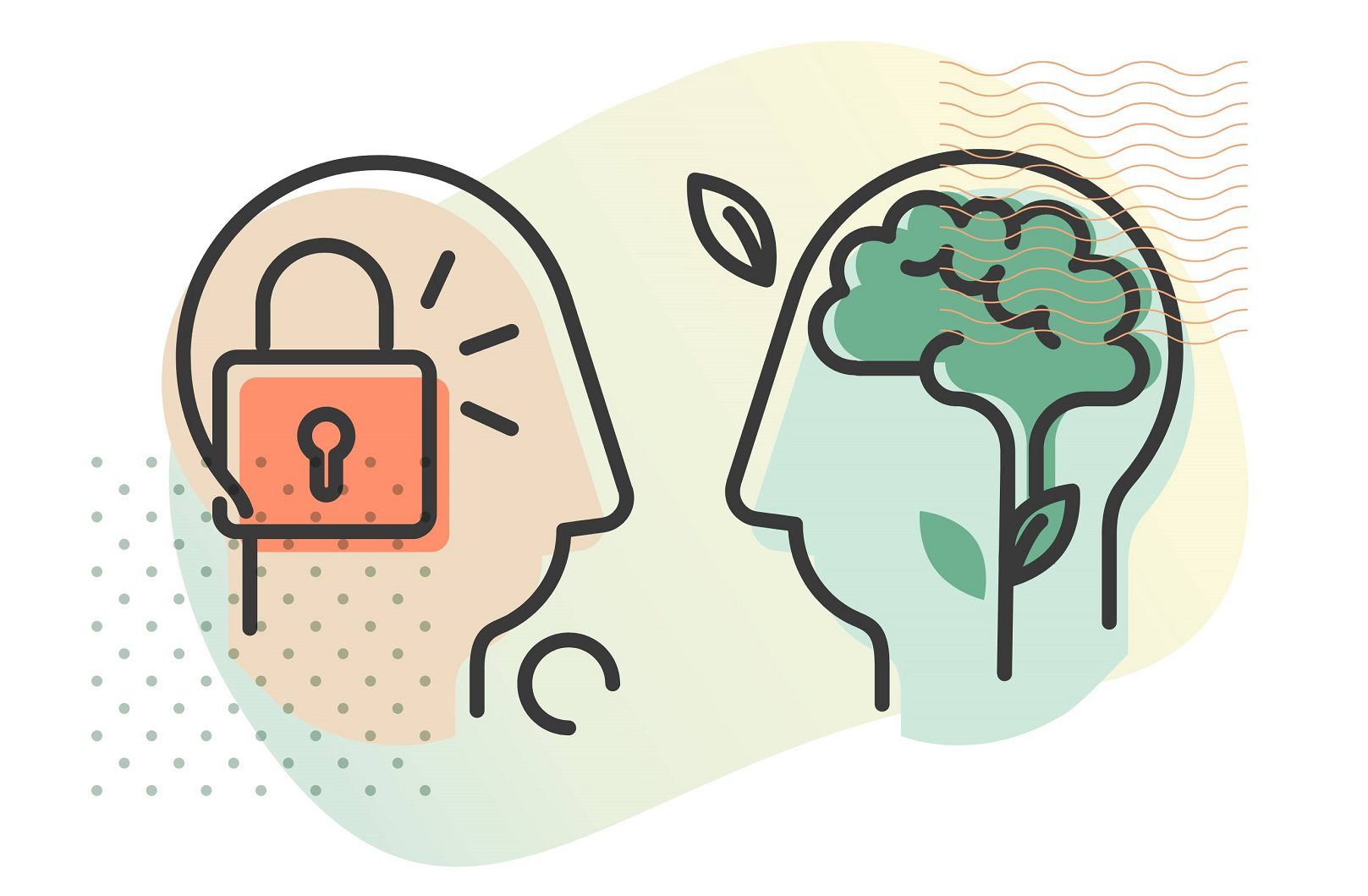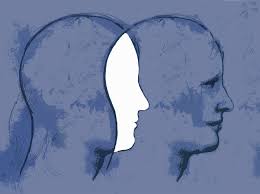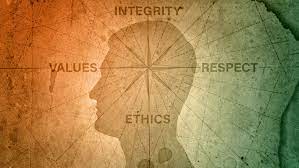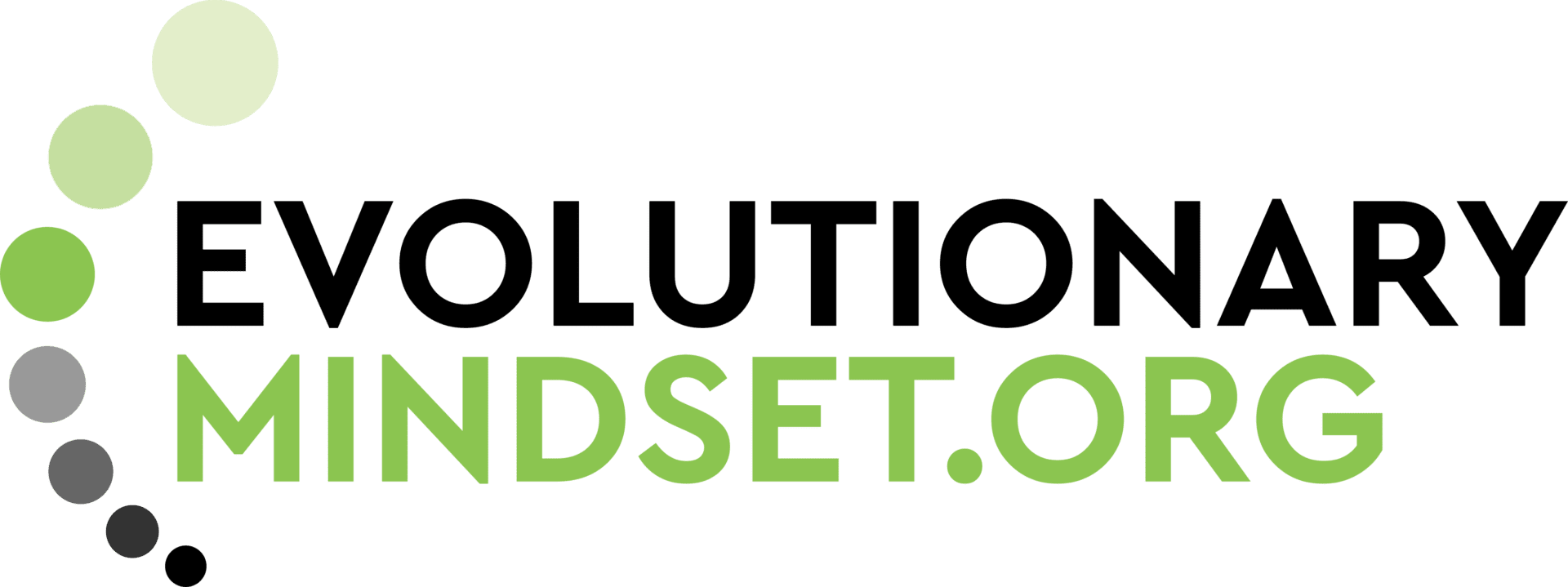
The Evolution to LOVE and The Brain
In this blog post, I am going to string together some key points that I captured when researching Darwin’s theory of evolution including from his books Origin of Species and The Descent of Man. In addition, from David Loye’s book: Darwin’s Lost Theory of Love. These points are strung together to create a picture that is clear evidence of our evolution towards greater love and it all stems back to the brain and the evolution of this amazing organ.
- “In 1937, the noted brain scientist James Wenceslas Papez first observed that a structure within the third, and newest, part of the brain’s limbic system may be looked on as the receptive area for experiencing emotion.” (not found in reptiles, only appears in mammals)
- “The limbic system has three capacities in animal behavior: (1) more prolonged and intimate function for nursing of the infant, (2) more capacity for maintaining ever-vigilant “audio vocal” contact between infant and parent and (3) capacity for enjoyment together that we call to play”
- “This social bonding has over time, favored the evolution of the human sense of empathy and altruism.”
- “Young Darwin saw that out of the experience of this radically new kind of forming of groups and building societies that require rules for interacting and logically, over time, there emerged a set of rules… an ethical principle, social standard, or coding for the moral sense.”
- “along with social and sexual instincts with passion, came conscience.”
- “Certainly, the dog can display many qualities we associate with morality, such as faithfulness, loyalty, courage, caring, and love. The dog can further even display the rudiments of conscience, but when it comes to a full-blown capacity for differentiating right from wrong, or good from evil, we come upon a fundamental difference (only seen in humans)”
- “The intricacies of this expansion for emotion and reason are played out both in the difference in size and complexity of the neuronal interlinking between the limbic system and the cerebrum of our human biology. We find the ascendancy in relation to the frontal regions of the brain/involved in the operation of moral sensitivity– that is moral sense.”
- “We may further perceive how this capacity is interlinked to other brain areas for storage of the memories of what turned out to be right, versus wrong, for everything we did in the pastor – which becomes the stored learning for our moral intelligence.”
- “The prefrontal areas of the brain adjacent to the limbic system that we find the neuronal capacity to see with “feeling” that makes possible planning for ourselves and others”.
- “a neural ladder, a visionary ladder, for ascending from the most primitive sexual feeling to the highest level of altruistic behavior.”

- “…some believe that the moral sense is acquired by each individual during his or her lifetime. The general theory of evolution indicates this is at least extremely improbable.”
- “The feeling of pleasure from society is probably an extension of the parental affections since the social instinct seems to be developed by the young remaining for a long time with their parents – an extension that may be attributed in part to habit, but chiefly to natural selection. With those animals benefiting by living in close association, individuals that took the greatest pleasure in society would escape various dangers.” (Survival)
- “Finally, atop the prior emergence and evolutionary embedding of the sexual and parental instincts, again after more millions or years, we have a situation that gives rise to the social instincts. clustering together by species sharing warmth, mates, food and protecting one another.”
- “With the development of mammals, the development of the ‘moral sense’ took a decisive step upward; the deep driving need for and cherishing of their company — we call this sociability.”
- “Although a high standard of morality gives but a slight or no advantage to individuals and their children over others, yet an advancement in the standard of morality and an increase in the number of well-endowed people will certainly give an immense advantage to one ‘tribe’ over another.”
- “There can be no doubt that a ‘tribe’ including many members who – from possessing a high degree of the spirit of patriotism, fidelity, obedience, courage, and sympathy, were always ready to give aid to each other and to sacrifice themselves for the common good – would be victorious over most other ‘tribes’ and this would be natural selection.”
- “At all times throughout the world, ‘tribes’ have supplanted other tribes, and as morality is one element in their success, the standard of morality and the number of well-endowed men will thus everywhere tend to rise and increase.”

- “The ‘true love of self is also inextricably the love of humanity and all that is nature. That is why we feel obliged to serve, to help, to alleviate suffering and pain just as if they were our own.”
- “We are driven by two kinds and levels of moral motivation. The higher– and at our most important for evolution— ‘selflessness’ and the other, lower level ‘selfishness’ which is key to understanding ‘community selection’ and evolutionary intelligence.”
- “In the first level, the social instincts lead an animal to take pleasure in the society of its fellows, to feel a certain amount of sympathy for them, and to perform various services for them.”
- “Secondly, as soon as the mental faculties had become highly developed, images of all past actions and motives shape decisions and actions… this drive to improve ourselves… seen within the larger context for the meaning of our lives… our drive to evolve.”
